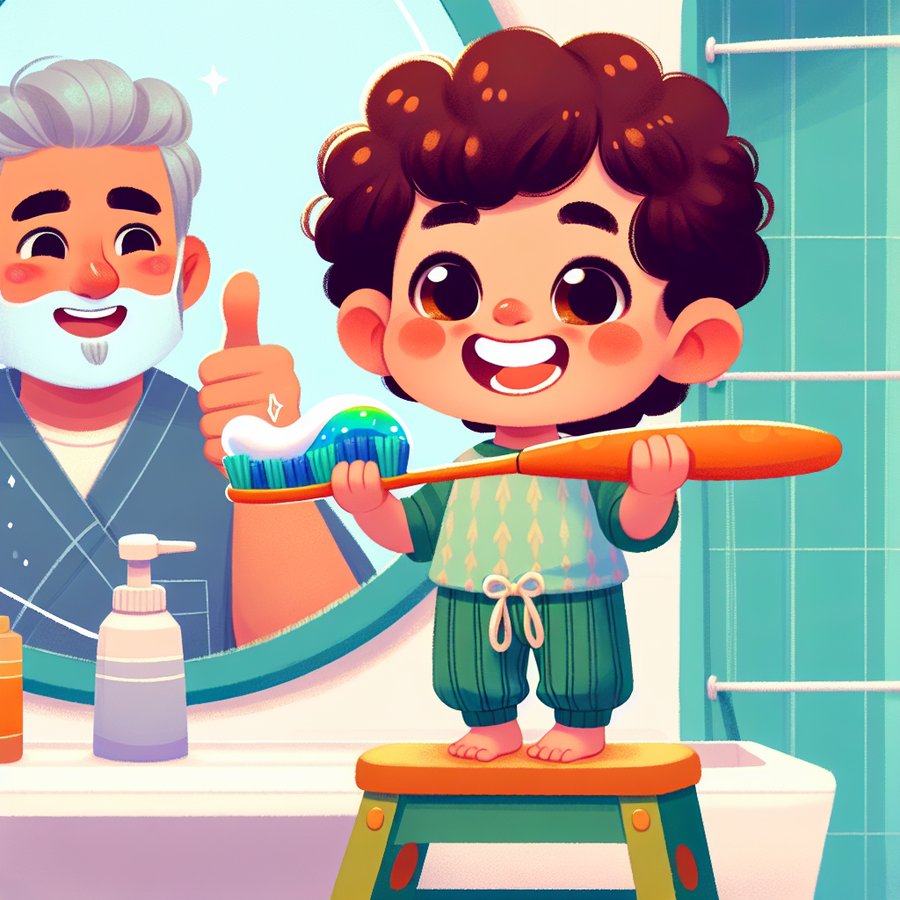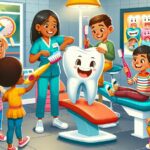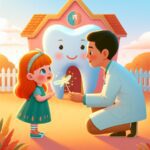Preventing toddler tooth decay starts from the very first appearance of those pearly whites. It’s a journey I’ve embarked on with my little ones, and believe me, it’s been both challenging and rewarding. Let’s dive into some tried-and-tested strategies, personal stories, and expert advice on keeping those tiny teeth healthy.
What Causes Toddler Tooth Decay?
Tooth decay in toddlers, often referred to as early childhood caries, is primarily caused by prolonged exposure to sugars from milk, juice, and other sweetened drinks. The bacteria in the mouth thrive on these sugars, producing acids that can erode tooth enamel. I remember the first time I noticed a tiny brown spot on my toddler’s tooth; I realized that those innocent-looking juice boxes had more to them than meets the eye.
Another factor is inadequate oral hygiene. Even before my little one could hold a toothbrush, I started wiping her gums with a soft cloth after feedings. It’s these little steps that set the stage for a lifetime of good dental habits.
How Can We Prevent Toddler Tooth Decay?
Preventing toddler tooth decay might seem daunting, but it’s quite achievable with the right approach. The cornerstone of prevention lies in regular dental hygiene practices. From the moment those first teeth appear, brushing twice a day with a fluoride toothpaste becomes crucial. I recall the fun we had choosing my toddler’s first toothbrush – it was bright yellow with a cartoon character, making brushing time something she looked forward to.
Limited sugary snacks and drinks play a significant role in preventing tooth decay. Water became our best friend, especially after finding out how sugary drinks, even those labeled ‘healthy’, could be. Offering water and milk instead of juice or soda, and making sure snacks are low in sugar, can make a huge difference.
When Should You Start Taking Your Toddler to the Dentist?
Starting dental visits early is pivotal in preventing toddler tooth decay. The American Academy of Pediatric Dentistry recommends that the first dental visit should occur within six months after the first tooth appears, but no later than the child’s first birthday. I remember feeling anxious about my toddler’s first dental visit, worried about how she would react. To my surprise, the pediatric dentist we chose was incredibly child-friendly, and the visit was much smoother than anticipated.
Regular visits not only help in early detection of potential issues but also inculcate the habit of dental care in children. These visits often involve nothing more than a quick examination and a fluoride varnish to prevent decay.
What Are Some Home Remedies for Preventing Toddler Tooth Decay?
While nothing replaces good dental hygiene practices and regular check-ups, there are home remedies that can support dental health. For instance, using a clean, damp cloth to wipe your toddler’s gums and teeth after feedings can reduce bacteria. Also, introducing cheese and yogurt, which can neutralize acids in the mouth, has been beneficial for us.
Encouraging the use of a drinking straw for liquids other than water can also minimize the contact between sugar and teeth. Plus, it’s an amusing new skill for toddlers to learn!
In closing, preventing toddler tooth decay is about combining regular dental care practices with smart dietary choices and early dental visits. It’s a journey worth taking for the sake of our children’s smiles. For more tips on toddler health, check out Teething Relief for 6 Months Old, Tips for a Safe and Soothing Teething Process, and Pediatric Dental Care: When to Start and How to Make It Fun.













